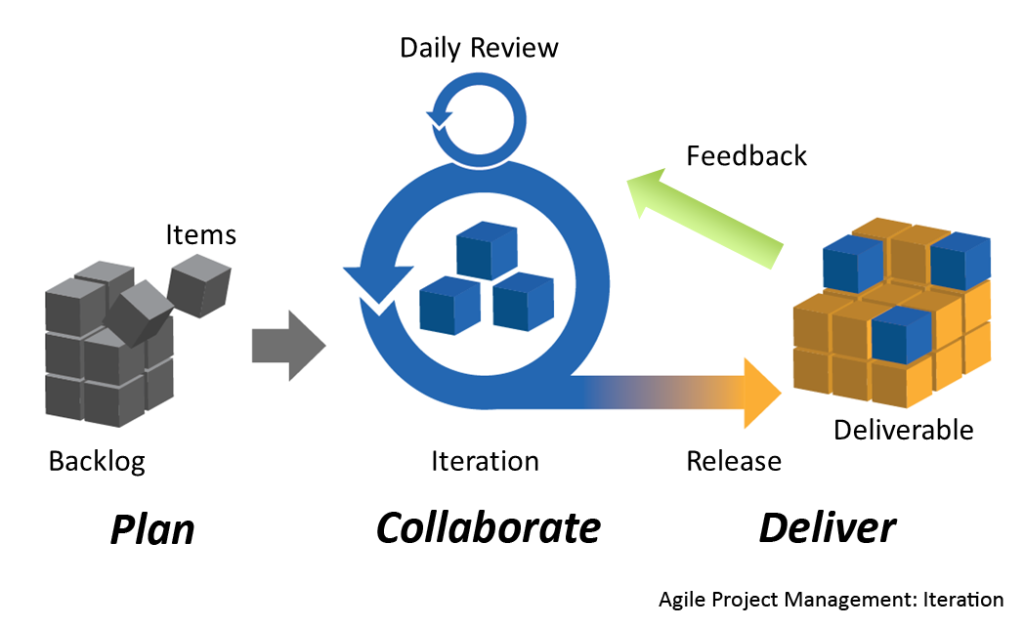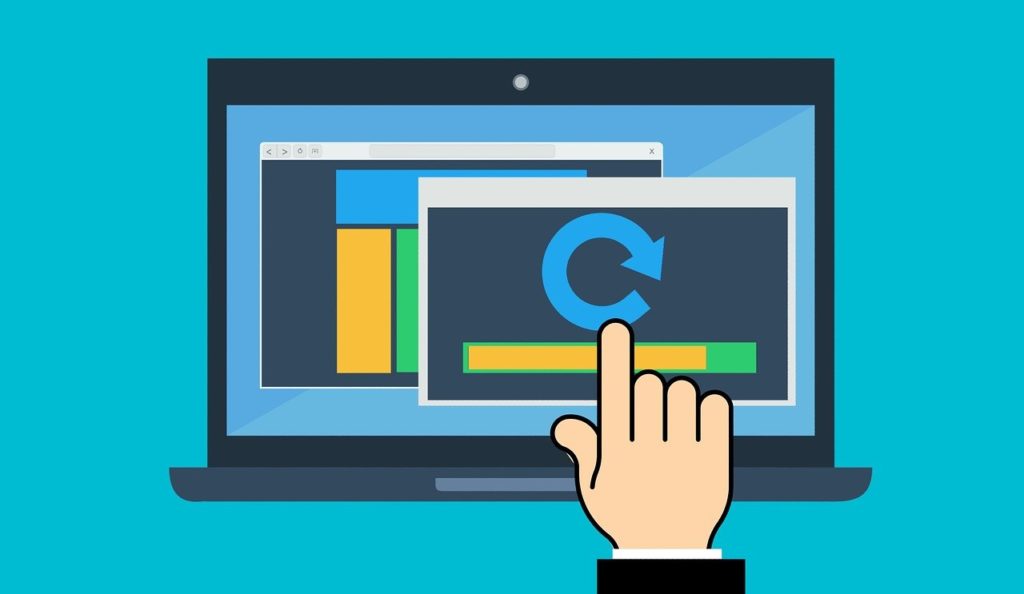
Timely product delivery and fast-paced changes in customer needs are two major challenges in the software development industry. That’s when the Agile SDLC model makes sense. It offers a flexible approach to the design and development of software.
At Symphony Software, we use popular Agile practices for large-scale and accelerated software delivery. This unique approach helps us guarantee greater productivity, lower IT costs, and fewer issues.
In this blog, we’re going to give you insights into our expertise and process for Agile software development. You’ll learn about Agile SDLC pros and cons in this blog.
What is the Agile SDLC Model?

Agile software development is a flexible, incremental and iterative approach to delivering a project. Unlike the waterfall model for SDLC, the agile method involves continuous releases by incorporating users’ feedback. Also, during each iteration, the product is adjusted to new requirements with a focus on client satisfaction. Software development methods like Kanban and Scrum are popular agile models. Also, each has its own Agile SDLC pros and cons.
Moreover, it defines a time-boxed stage called a sprint with a 2-week timeframe. Each sprint starts with a list of deliverables. In the end, developers and clients review the work while creating notes for future sprints.
Stages of the Agile Software Development Life Cycle
Stage 1: Prioritize Projects
Teams scope out and prioritize projects. The agile approach allows teams to work on multiple projects simultaneously. In addition, we define opportunities, time, and work needed to complete each project. Accordingly, we assess the economic and technical feasibility of the project and decide which projects are worth doing.
Stage 2: Initial Sprint Diagram Requirements
In this phase, we work with stakeholders to determine exact requirements. And, we use user flow diagrams to demonstrate new features and how they fit into the existing system. Moreover, we assign projects to the team, define timelines, and allocate resources based on this information.
Stage 3: Iteration
UX designers and developers start working on the project’s first iteration with a goal to launch the product at the end of the sprint. The product undergoes various revisions, so the first iteration might include the minimum functionality. Also, the team can work on additional sprints for product expansion.
Stage 4: Release

The quality assurance (QA) team tests the software for functionality. Our agile team members detect and address any bugs and finalize the system with user documentation.
Stage 5: Ongoing Maintenance and Support
We deploy the software, and the process enters into the maintenance phase. And, our software development team provides ongoing support to keep your system running smoothly and address any issue. Moreover, we also offer additional training to end-users to ensure they know how to use the software.
Stage 6: Retirement
When the system becomes obsolete or doesn’t fit your evolved business model, it’s time to retire it. And, our developers carry out remaining end-of-life activities and stop supporting the existing software.
Agile SDLC Pros and Cons
Advantages of the agile model are:
- Better responding to even late changes
- Fast review cycles
- Enhanced flexibility in releasing new, additional features
- Rapid and continuous delivery ensures client satisfaction
Disadvantages of the agile model are:
- Lack of emphasis on the necessary documentation
- Senior and experienced programmers are required
- Making upfront estimates for time and cost is challenging
- Requires diverse skill sets
When to use the Agile Model?
The agile model for software engineering is used when:
- The project involves a lot of changes and uncertainties.
- Stakeholders and developers have freedom of time and other options.
- And, it’s a complex and large-scale project.
Waterfall Vs. Agile: What’s the Difference
| Waterfall | Agile |
| Liner Sequential life cycle model | Incremental life cycle model |
| Structured | Flexible |
| Testing after the development phase | Performs testing concurrently |
| Less or no scope of changing | Allows changes |
Do you want to benefit from Agile SDLC in your project? Call us at info@symphony-software.com or 414-218-4644 to discuss your project now.
